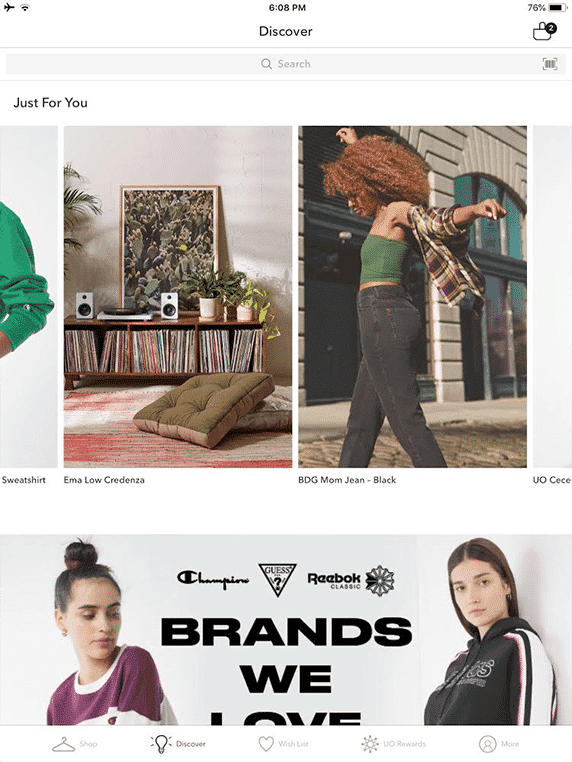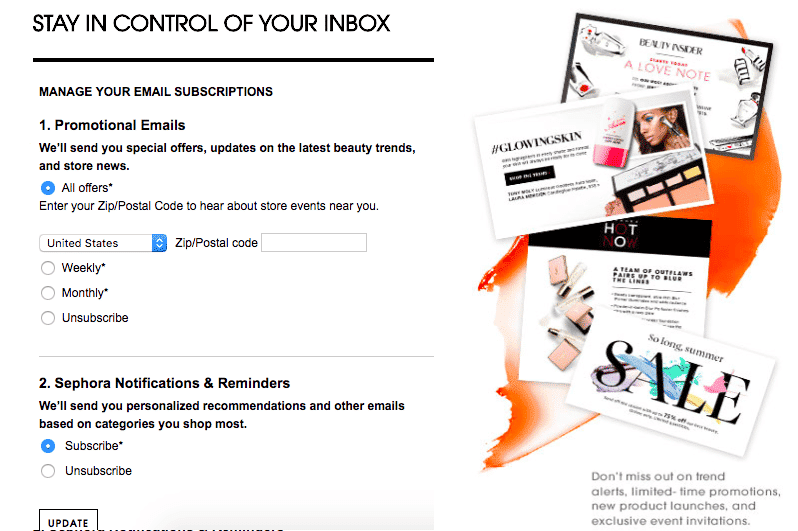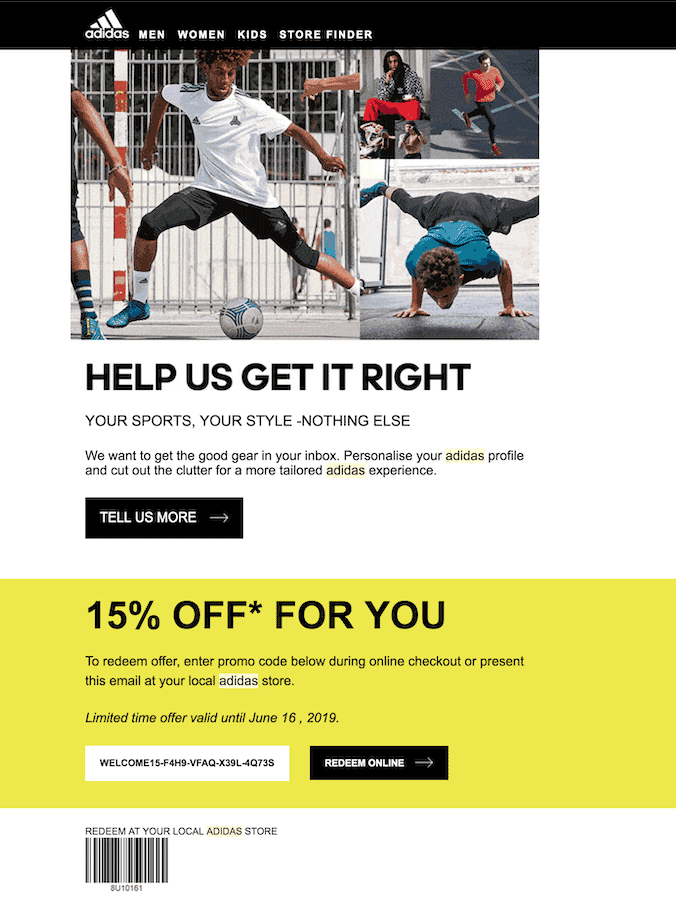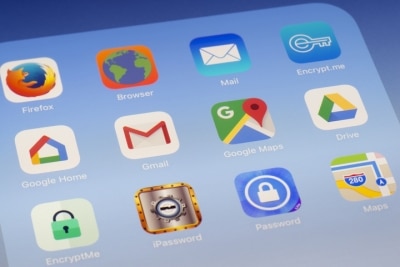Article
Become a Personalization Pro: 7 Tips from Sephora, Adidas and Urban Outfitters
September 4, 2018

When it comes to how brands fared in our Retail Personalization Index, the good news is that the judge was the most impartial we know: math. That means you can easily calculate your score — and figure out exactly what you need to do in order to improve your score, your marketing outcomes, and revenue.
The research behind the index was expansive. We identified nearly 80 attributes of the customer experience across email, web, mobile, digital advertising, direct marketing, in-store, and social media for evaluation. We then surveyed 1,500 consumers to understand how each of our identified attributes contributed to factors such as NPS, customer satisfaction, and likelihood to purchase again.
Every brand’s personalization strategy needs to be informed by what makes the brand AND its customers unique. However, a deeper look at the 100 brands we ranked surfaced common gaps that represent low-hanging fruit for improvement. If you’re looking to improve personalized marketing — and from our perspective, all retailers should be — here’s where to start.
1. Put Attribute-Based and Collaborative Filtering-Based Product Recommendations on Product Pages
Nearly every retailer in the study had some kind of product recommendations on their site. However, customer satisfaction tended to be higher for brands that offered attribute-based (e.g. “similar products”) and/or collaborative-based filtering (e.g. “customers also bought”) product recommendations. Only 85% and 67% of the retailers in the study, respectively, had each of these types of product recommendations on their site.
Urban Outfitters takes this strategy above and beyond. The retailer uses attribute-based, while also curating which ones fit each individual customer, based on behavioral and interest data.

2. Use the Customer’s Name in Email Communications
Researchers from Stanford University emailed 5,000 lapsed members from one of the marketing team’s lists. Emails with a subject line containing a user’s name had 23% higher open rates and 32% higher click-through rates. And yet, just 46% of the retailers in our study used the customer’s name in at least some email communications. Interestingly, U.K. retailers were much more adept at this than their U.S. counterparts. Either way, it’s necessary.
3. Offer Customers a Preferences Manager to Opt Out of Communications
A major driver of customer satisfaction is the ability to set preferences, though half the retailers in our study flubbed this. We recommend thinking about levels of messaging cadence preferences.
For Sephora, unsubscribing from communications isn’t so black and white. Maybe you want to continue to hear about beauty products and tips, just not every day. Sephora, the three-time champion of our Index, takes this into consideration and allows consumers to control the cadence of their emails, or opt to hear only about events near them.

4. Personalize Your Email Cadence, Language, and Timing Based on Engagement
Although 83% of the retailers in our study sent welcome emails to new customers, existing customers don’t always get the same level of email personalization. Scaling back the volume of emails based on engagement level is far more prevalent than it was when we first launched the Index, but 36% of brands still don’t do it.
JustFab, one of the five subscription retailers that make up TechStyle Fashion Group, uses Marigold Engage by Sailthru’s Personalized Send Time feature to send email to an individual at the time she is most likely to open, based on her previous open behavior. The approach has increased email revenue from top customers by 6% and a whopping 41% from new subscribers.
5. Fuel Email Personalization with the Data You Ask Customers For
Too often, retailers ask for name, age, gender, and product preferences, only to turn around and send emails with products that are clearly merchandised for masses, versus for individuals. As consumers become more aware of the power of data and think of it as currency in the context of brand relationships, it is increasingly important for brands to show that there is a value in providing that data. Adidas has a great approach for learning about new customers: asking them about themselves.

6. Use Mobile Messaging
Mobile personalization is the area in which retailers need the most work. While 54% of the brands in our study have an app, just 33% capitalize on its messaging functions. Even fewer put personalized product recommendations in their in-app messaging or push notifications. eBay is not one of them. The brand’s mobile app breaks out of category-only recommendations, mixing it up and promoting discovery across its vast inventory.
7. Create a Connected Experience
More than anything else, omnichannel personalization was indicative of customer satisfaction. As people seamlessly navigate between brick and click, retailers are expected to offer customers a connection between the two. In fact, the stronger that connection, the more likely people are to enjoy their shopping experience with the brand. Just 16% of the brands in our study use customers’ digital data to personalize their in-store experience. And that number is 100% among the top 10.
The State of Brand Loyalty in the U.S. in 2023
Related



